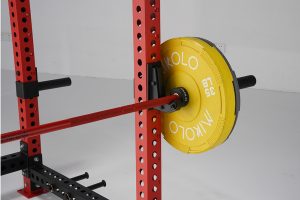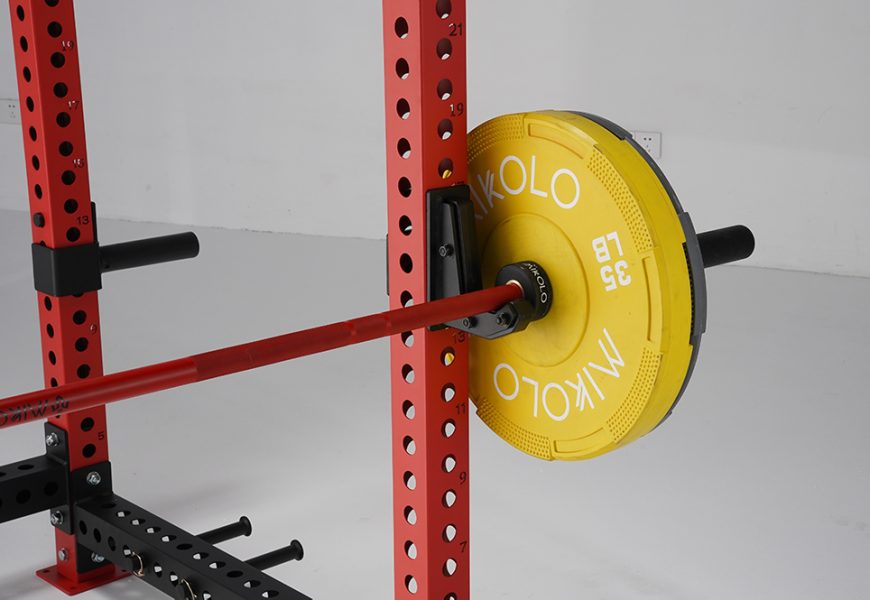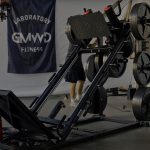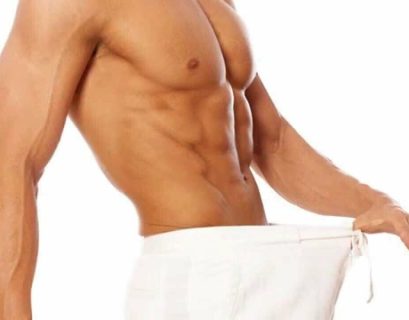The power rack is an indispensable piece of equipment for anyone serious about strength training, whether in a home gym or a commercial setting. Known for its versatility, safety features, and ability to support a wide range of exercises, a power rack allows athletes and fitness enthusiasts to push their limits in a controlled and effective way. In this guide, we’ll explore the benefits of using a MIKOLO Fitness power rack, the essential features to consider when purchasing one, and some key exercises that make it a worthwhile addition to any gym setup.
What is a Power Rack?
A power rack, also called a squat rack or power cage, is a steel structure designed to allow athletes to perform barbell exercises safely and effectively. Typically featuring four sturdy vertical posts connected by horizontal beams, a power rack creates a secure frame where a barbell can be placed and used for squats, bench presses, deadlifts, and many other movements. Power racks come in various sizes and configurations, often with adjustable safety bars and add-ons that increase their versatility.

Benefits of Using a Power Rack
1. Safety in Heavy Lifting
One of the primary reasons lifters choose a power rack is its built-in safety features. Most power racks come with adjustable safety bars that can catch a loaded barbell if the lifter fails a lift, reducing the risk of injury. This feature is invaluable for exercises like squats or bench presses, especially for those training without a spotter.
2. Versatile Exercise Options
Power racks allow users to perform various compound exercises that target multiple muscle groups, promoting overall strength and endurance. Popular exercises include squats, bench presses, shoulder presses, rack pulls, and pull-ups. Many power racks also feature add-ons such as dip bars, landmine attachments, and even lat pulldown stations, transforming a power rack into a complete workout station.
3. Ideal for Progressive Overload
For those looking to increase strength, a power rack is ideal for implementing progressive overload, a key principle of strength training that involves gradually increasing the weight or intensity of exercises. With a power rack, you can safely handle heavier loads and push past plateaus by adjusting weights and exploring new exercises.
4. Customizable for Different Fitness Levels
Power racks come in various sizes, shapes, and configurations, catering to beginners and advanced lifters. From compact models suited for home gyms to full-size racks designed for commercial use, there’s a power rack for every fitness level and space.
Essential Features to Consider When Buying a Power Rack
Investing in a power rack is a big decision, so it’s essential to know what features matter most. Here’s a breakdown of key considerations:
1. Weight Capacity
Choose a rack that matches your current strength level and provides room for growth. Power racks typically range from 500 to 1,500 pounds in weight capacity. If you’re a beginner, a rack with a 700-800 pound capacity should be sufficient, but advanced lifters may need a higher limit.
2. Dimensions and Space Requirements
Measure your space before purchasing a power rack. Make sure the rack’s height and width fit comfortably in your gym area, leaving room for movements like overhead presses. Compact models can fit smaller home gyms, while full-size racks might require a dedicated space.
3. Safety Features
Look for power racks with adjustable safety bars or straps. These features add an extra layer of protection when lifting heavy. Many racks also offer J-hooks, which hold the barbell securely, and a stable base that prevents wobbling.
4. Pull-Up and Dip Attachments
Many power racks come with a built-in pull-up bar, providing additional upper-body workout options. Some racks also offer dip attachments, allowing you to expand your exercise variety.
5. Expandable Accessories
If you want to maximize your power rack’s potential, look for one with attachment options like lat pulldowns, cable systems, landmines, and battle rope anchors. These add-ons allow you to diversify your workout routine without needing additional equipment.
Read also: https://blogaudy.xyz/
Top Power Rack Exercises
A power rack can be the cornerstone of your training program. Here are some exercises that highlight its versatility:
1. Back Squat
Squats are a foundational lower-body exercise that targets the quads, hamstrings, glutes, and core. Using a power rack for squats ensures safety and allows you to lift heavier weights with confidence.
2. Bench Press
A power rack can accommodate both flat and incline bench presses, providing a secure environment for one of the best upper-body compound exercises. Adjustable safety bars catch the barbell if you fail a lift, allowing for solo training.
3. Overhead Press
The overhead press targets the shoulders and triceps and can be safely performed using a power rack. Set the J-hooks at chest level, unrack the barbell, and press upward, keeping the safety bars at shoulder level in case of failure.
4. Rack Pulls
Rack pulls are a variation of the deadlift, where the barbell starts at knee level. This exercise primarily targets the back and traps, allowing for heavier weights without the full range of motion required in a traditional deadlift.
5. Pull-Ups
Most power racks come with a pull-up bar, making it easy to incorporate this essential bodyweight exercise into your routine. Pull-ups engage the upper back, shoulders, and arms, contributing to overall upper body strength.
6. Inverted Rows
Using a power rack and a barbell positioned low to the ground, inverted rows are an excellent bodyweight exercise for targeting the upper back, lats, and biceps. This exercise is especially effective for beginners looking to build pulling strength.
Power Rack Maintenance Tips
To keep your power rack in optimal condition, regular maintenance is key. Here are a few tips:
- Inspect bolts and nuts: Over time, the bolts and nuts holding your power rack together can loosen. Regularly check and tighten them to maintain stability.
- Clean the frame: Wipe down the steel frame with a damp cloth to remove dust and sweat. For extended durability, apply a light coat of silicone lubricant.
- Check the safety bars and J-hooks: Safety bars and J-hooks can wear over time, especially with heavy use. Inspect them for signs of wear and replace them if necessary.
Conclusion
A power rack is a powerful tool in any gym setup, offering safety, versatility, and the potential to perform a wide range of exercises. With the right power rack, you can transform your training regimen, target multiple muscle groups, and ensure consistent, progressive gains. Whether you’re a beginner or an advanced lifter, investing in a quality power rack is a commitment to long-term strength, health, and fitness.
Read also: https://blogaudy.xyz/















